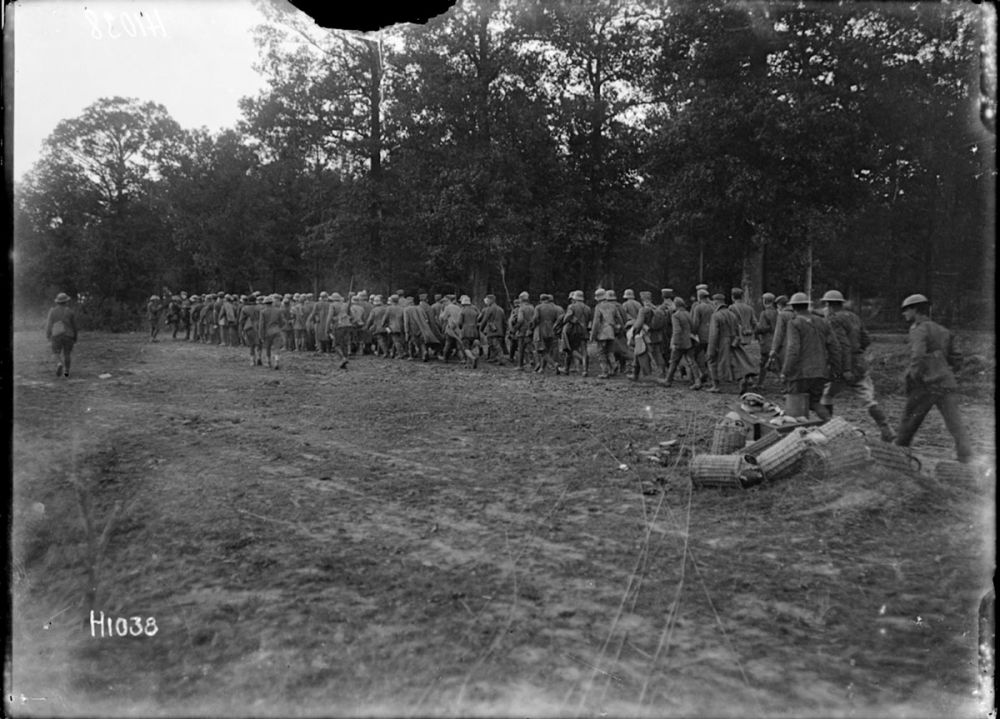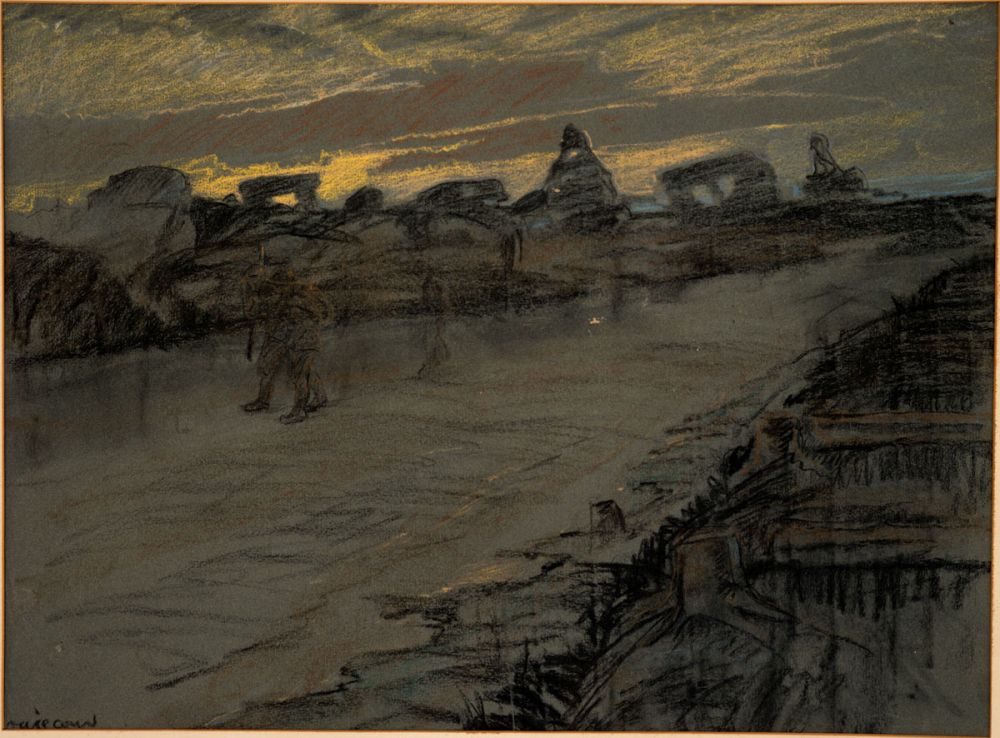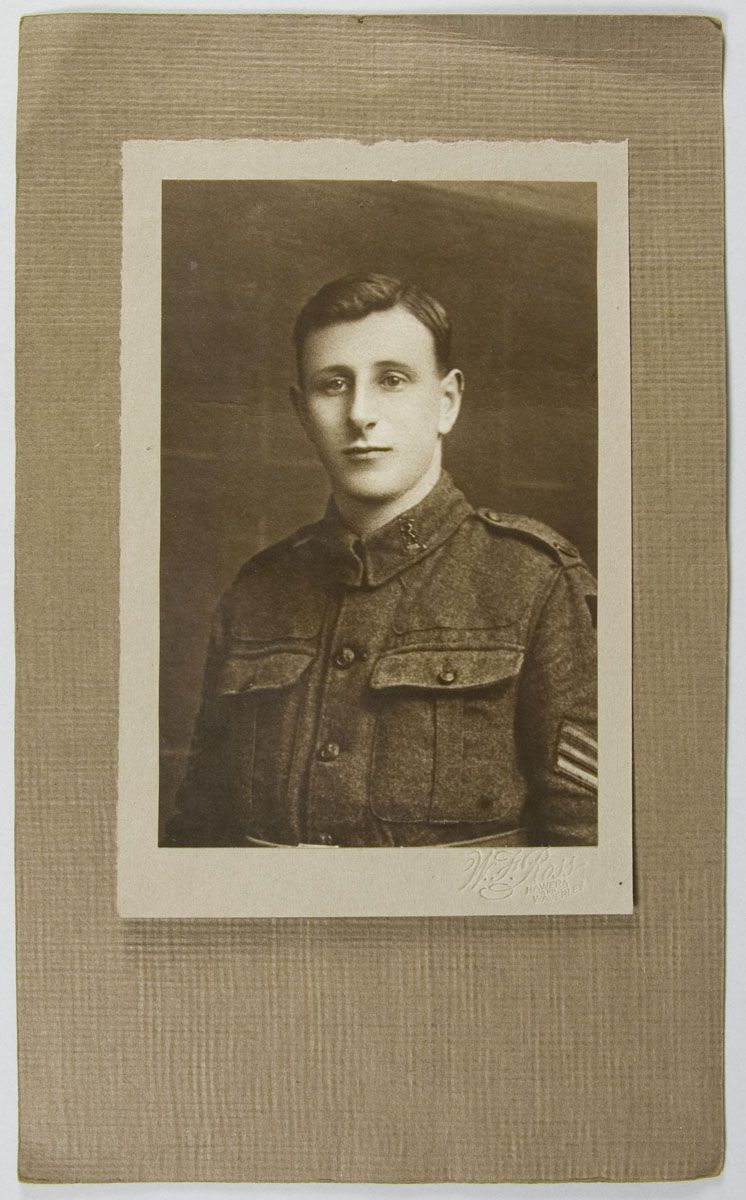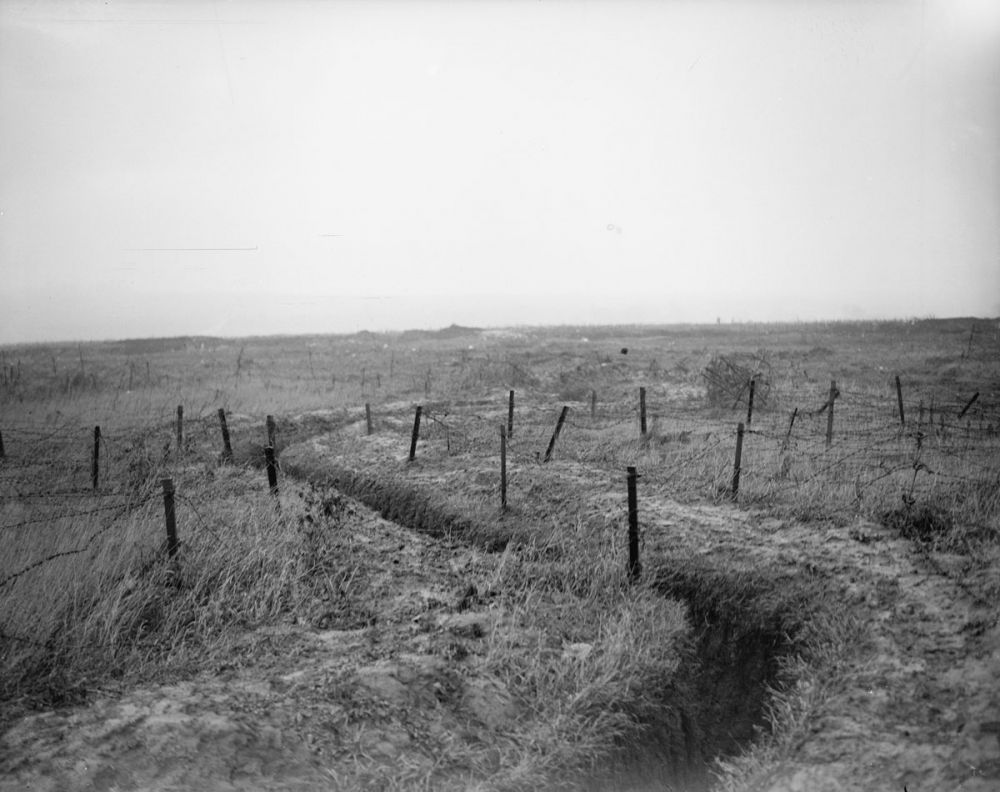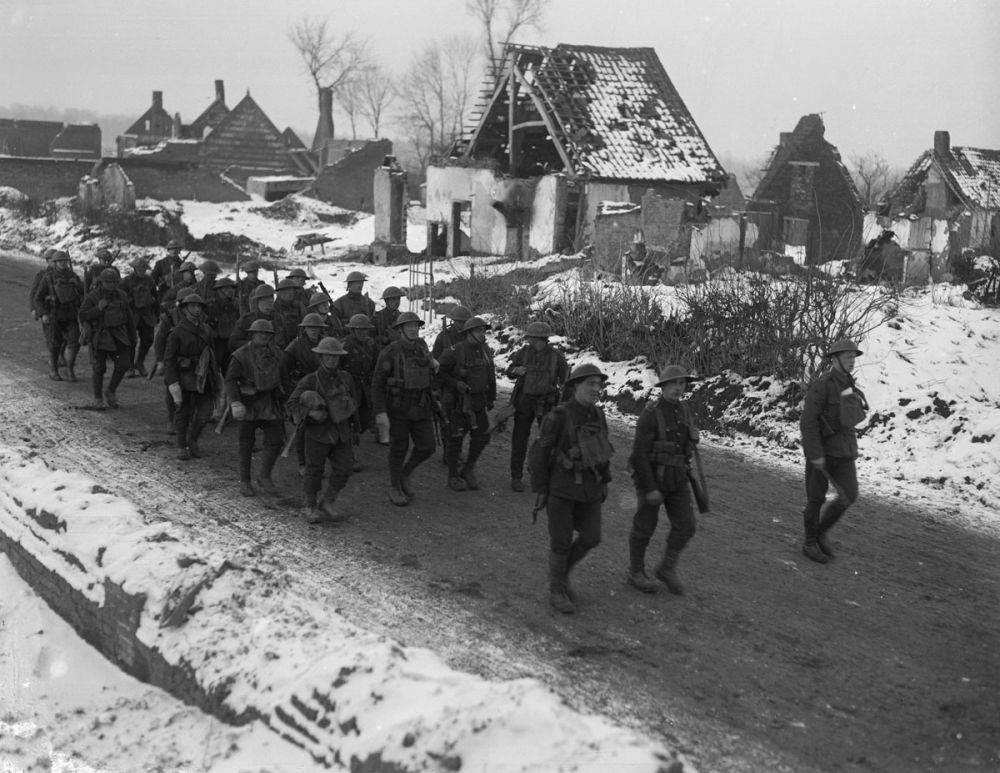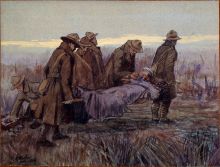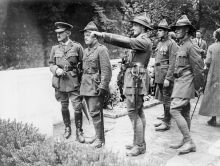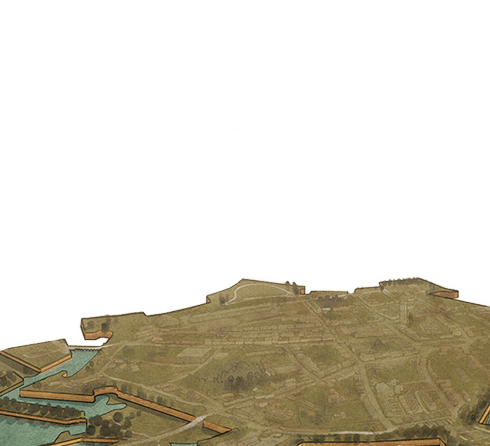Metz-en-Couture Cemetery
You’re standing in Metz-en-Couture Cemetery, and this section is the Commonwealth War Graves Extension to the communal cemetery that’s behind you. The road running past the cemetery runs from Metz-en-Couture down into the dip in front of you and up on to the next ridge which is the Trescault Spur. Beyond that is the village of Gouzeaucourt, and on 9 September 1918, the New Zealand Division had worked its way through Havrincourt Wood - behind you, and faced this ridge line which was held in strength by the Germans.
Over the next three days in September, there was intense fighting all along this ridge. Just beyond Gouzeaucourt Wood was the old British frontline and the New Zealanders had now worked their way back to those trenches again. This time, they’re manned by Germans who are determined to hold them while they repair and occupy the Hindenberg line.
The New Zealand Rifle Brigade attacked the ridge in front of you to take the trenches beyond the woods. They grabbed them, but were counterattacked by the remaining German forces. The Germans used everything they had, attacking with flame-throwers, grenades and giving it all they’ve got. Fighting was intense all along this spurline. The New Zealanders lost, then took the ground gain, finally holding it on 12 September.
It’s here that Sergeant Harry Laurent went forward with a party of 12 men to take the African trench, which was the strongest trench on the crest. By this stage the artillery bombardment had reduced the trench to a cratered maze, and Laurent and his men went right through it, almost reaching the village of Gouzeaucourt itself. Just before the village he came across a defended trench. He realised that he’d gone too far - but he decided to have a go anyway. He and his 12 men attacked and quickly found that it was occupied by a company of Germans - around 120-strong, but he took them on anyway. What followed next was absolute madness.
After a brief fire-fight, followed by hand-to-hand fighting, Laurent and his squad killed 30 of the enemy, captured an officer and took over 100 prisoners. He was awarded the Victoria Cross for this remarkable achievement.
The cost of this fighting can be seen all around you in this cemetery. There are 40 New Zealand graves in total, and almost all of them are from the Rifle Brigade. If you look at their ages, you will see soldiers ranging from 22 to 40. Look at the graves of the NCO and the officer. They are both originals who, came across with the Rifle Brigade in 1915, first to Egypt, and who now finally, died leading their men in this advance on the Hindenburg line.


